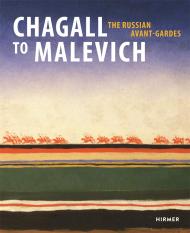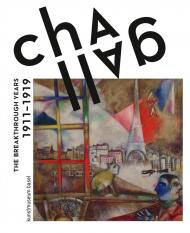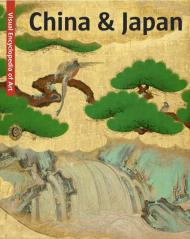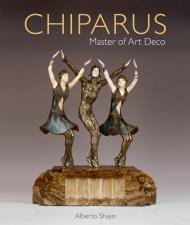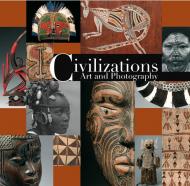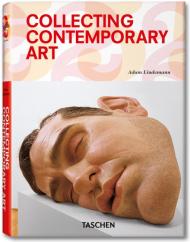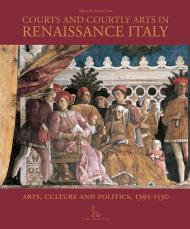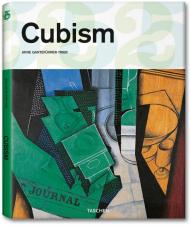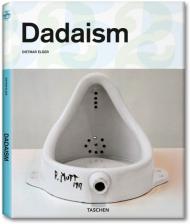Confessions of a connoisseur. Insiders' tips on how the design art market really works
"Art is about life, the art market is about money." - Damien Hirst
Whether you're an art fan, aficionado, or collector, this completely unique book should be on your required reading list. Like a textbook for a class given by all of the world's leading experts, Collecting Contemporary Art is the one and only book to teach you everything you ever wanted to know about the contemporary art market. The introduction explains the ABCs of buying art on the primary and secondary markets, at auction, and at art fairs and gives an overview of the world art scene and its social circles. The main body of the book brings together tell-all interviews with the biggest players in the global art market: the Critic (Rimanelli), the Dealer (Boesky, Brunnet/Hackert, Coles, Deitch, Fortes, Gagosian, Gladstone, Glimcher, Hetzler, Lybke, Perrotin, Rosen, Shave, Wirth), the Consultant (Cortez, Fletcher, Heller, Segalot, Westreich), the Collector (Brant, Broad, Habsburg, Joannou, Lambert, Lehmann, Lopez, Paz, Pinault, Rothschild Foundation, Saatchi), the Auction House Expert (Cappellazzo, de Pury, Meyer), and the Museum Curator/Director (Dennison, Eccles, Heiss, Lowry, Peyton-Jones).
Rounding up the book are chapters on the year in art collecting - giving a timeline of the most important annual auctions, exhibitions, fairs, etc. around the world - as well as a glossary of terms every art savvy player should know. The text is illustrated by the work of the hottest artists in today's market, including Matthew Barney, Jean-Michel Basquiat, Damien Hirst, Mike Kelley, Martin Kippenberger, Jeff Koons, Takashi Murakami, Richard Serra, Cindy Sherman, Andy Warhol, Lisa Yuskavage, and many more.
All in all, these elements add up to the equivalent of an invaluable and privileged real-world collector's education - all between the covers of one book.
About the Author:
Adam Lindemann is a private investor and influential collector of contemporary art and design. In partnership with designer Marc Newson, he re-launched Ikepod, a Swiss watch design company. He also writes a monthly column on collecting for The New York Observer.



